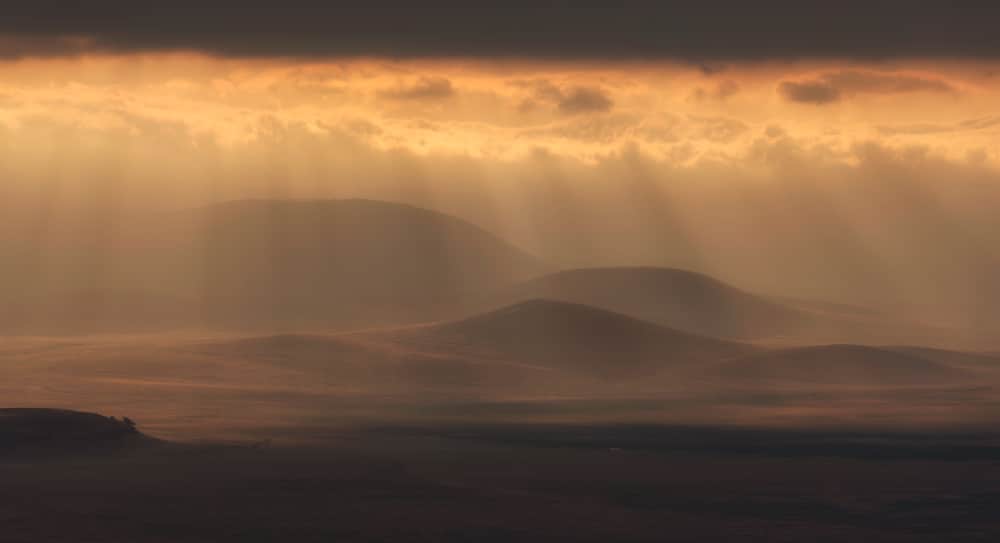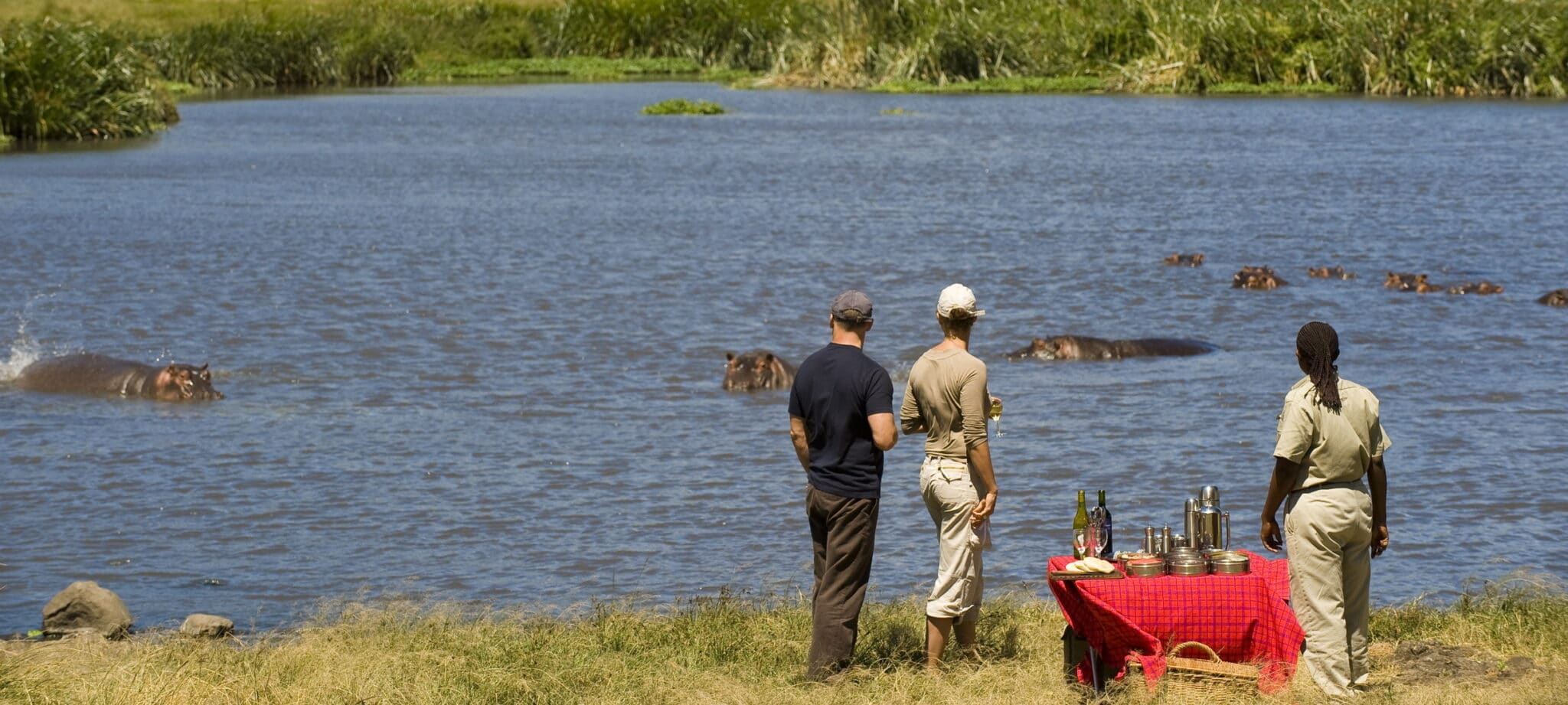
The short rains that started in October continue into December, which is actually the third wettest month in Ngorongoro, receiving an average annual rainfall of 135mm. It is also relatively warm, with average daily temperatures ranging from a minimum of 10°C to a maximum of 22°C. Coming after the long dry season, the rain tends to feel rejuvenated, lending a fresh spring-like feel to the crater and initiating plenty of breeding activity among mammals and birds alike. Wildlife is plentiful, with the migrating herds now concentrated in the Serengeti-Ngorongoro border area, and the influx of Palaearctic migrants is delightful for birders.






















